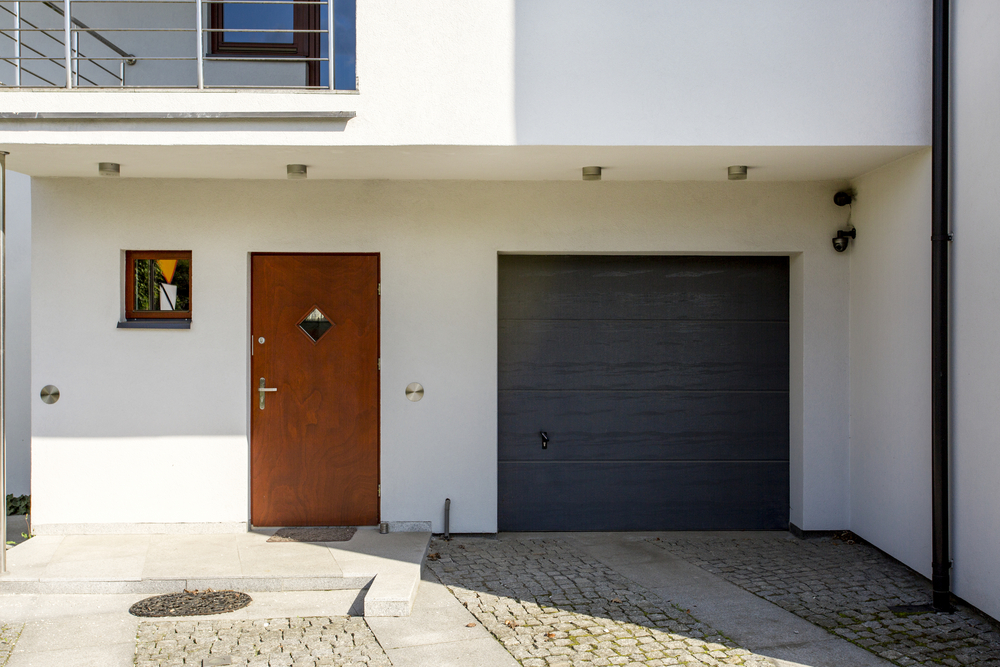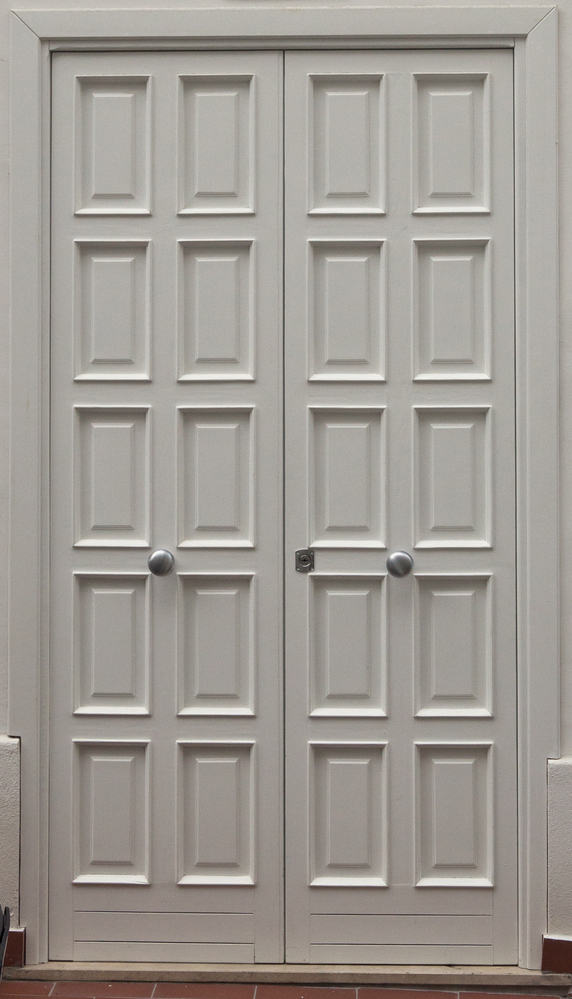We all use doors many, many times every single day, but have you ever stopped to consider exactly where the concept of a door came from an how it developed into the multi-use and multi-form construction asset we know it to be today.
Doors are everywhere in the modern world, sliding, revolving, back doors, front doors Glasgow, and everything in between.
We take the security and privacy that doors provide for granted and you probably haven’t ever considered where exactly they first came from or who invented them. Well, as you could probably have guessed, doors in one form or another have been around for quite a while now (understatement of the century) and it is hard to pinpoint exactly who ‘invented’ this fundamental component of modern, and historical construction.

Where did the first idea of a door come from?
Doors, like most human made inventions that have been around for thousands of years, have developed almost beyond recognition over time.
Whilst no-one knows for certain exactly who it was who first invented the door, one thing that historians agree upon is that it first appeared somewhere around central Egypt many centuries ago. This is due to the existence of cave paintings depicting rudimentary doors, thought to be a representation of the entry to the afterlife.
As with an almost limitless list of other technologies, the ancient Greeks and Romans built on the work of the Egyptians and are credited with the development of doors recognisable as the technology we use today. For example, sliding doors were used in temples across ancient Roman as early as 80 A.D. Twin double doors were also common on Roman temples.
What about automatic doors?
Those doors that slide open automatically when you visit your local supermarket? You probably never thought that the idea of a door opening without having to pull or push it open actually tracks back as far as 10 A.D. It does though. In fact, the very first automatic door was created in Greece, Alexandria to be precise, by a mathematician called Heron. The first door activated using a foot was created in China during the 6th century over 500 years later.
What materials have been used to construct doors?
In the modern day, doors are made from a wide variety of different materials, with wood, uPVC, and composite doors being particularly popular amongst domestic homeowners. Steel doors are used where security is extra important and glass sliding doors are considered as a stylish choice for office buildings, retail stores and more.
Traditionally, as you might expect, wood was the main material of choice for door construction, with oak proving particularly popular due to its strength and durability. However, there have been some outrageous choices for door materials over the year, especially in temples and other more extravagant constructions. It was not unusual to see bronze doors or even doors furnished with solid gold in the empires of old.
In less affluent locations where timber for door construction was not so readily available, stone doors were often used, especially in areas across the middle east.
Modern doors

In the modern eras, the mid-20th century to be exact, there was a shift in the construction of doors from mainly wood to uPVC doors, and later to composite doors.
These units were cheaper to make, required less ongoing maintenance, and offered almost unlimited customisation opportunities. It has become more common for front and back doors, particularly on domestic properties to be fitted with double glazed designs and these can easily be incorporated into uPVC doors installed by professional window installation companies.
Composite doors are an even more modern external door variation that takes all of the benefits of both uPVC, wood, and aluminium doors and binds them together to create a strong a durable final product.
In a modern world where energy efficiency is so important, composite doors are a great step forward as they offer heat retention qualities far superior to any other door material. Door manufacturers continue to innovate in terms of door materials and the approach that they take to construction and the story of the door is one that looks likely to continue to evolve and develop in the years, decades, and centuries to come.
